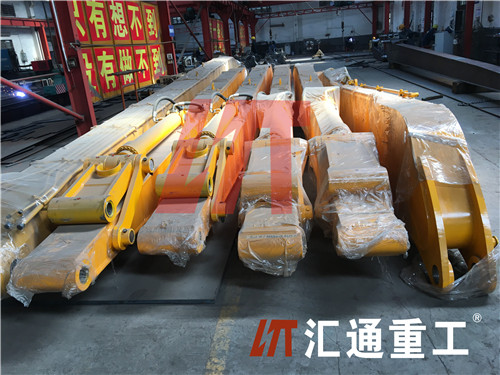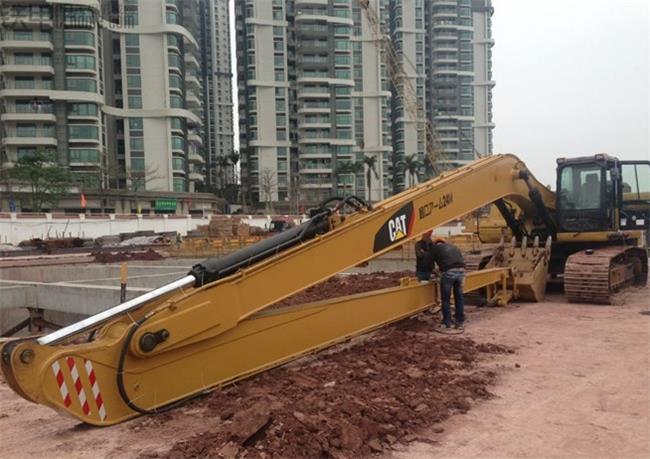 HuiTong
HuiTong  2025-06-13
2025-06-13
1. The engine speed drops
First, test the output power of the engine itself. If the output power of the engine is lower than the rated power, the cause of the failure may be poor fuel quality, low fuel pressure, incorrect valve clearance, a certain cylinder of the engine not working, wrong fuel injection timing, and fuel The setting value of the volume is incorrect, the air intake system is leaking, the brake and its control lever are faulty, and the turbocharger is carbonized. If the output power of the engine is normal, it is necessary to check whether the flow rate of the hydraulic pump does not match the output power of the engine.

The speed of hydraulic long arm excavators is inversely proportional to load during operation, that is, the product of flow rate and pump output pressure is an invariant, and the output power of the pump is constant or approximately constant. If the pump control system fails, the optimal load matching state of the engine, pump, and valve in different working conditions cannot be realized, and the excavator will not work normally. Such failures should start with the electrical system, then check the hydraulic system, and finally check the mechanical transmission system.
2. Working speed slows down
The main reason for the slower working speed of the long arm excavators is that the engine power is reduced and the hydraulic system leaks due to the wear and tear of the whole machine. The hydraulic pump of the excavator is a variable plunger pump. After working for a certain period of time, the internal hydraulic components of the pump (cylinder block, plunger, valve plate, nine-hole plate, turtle back, etc.) will inevitably produce excessive wear, which will cause internal leakage. The parameter data is not coordinated, resulting in insufficient flow and high oil temperature and slow working speed. At this time, the whole machine needs to be overhauled, and the parts that wear out of the limit are repaired and replaced.
But if it is not for the long arm excavators that has a long working hours to suddenly slow down, you need to check the following aspects. First check whether the circuit fuse is open or short-circuited, then check whether the pilot pressure is normal, then check whether the servo control valve-servo piston is stuck and whether the distributor confluence is faulty, etc., and finally the hydraulic pump is disassembled for data measurement to confirm the problem of the excavator .

3. Common faults in the process of excavation
Some common faults that often occur in the construction work of long arm excavators, such as: the excavator runs off-track, which may be caused by damage to the walking distribution oil seal (also known as the center rotary joint oil seal); the flow rates of the two hydraulic pumps are different; has a problem. If the hydraulic cylinder drains quickly, it may be that the safety relief valve is not tightly closed, or the oil seal of the cylinder is severely damaged, etc.